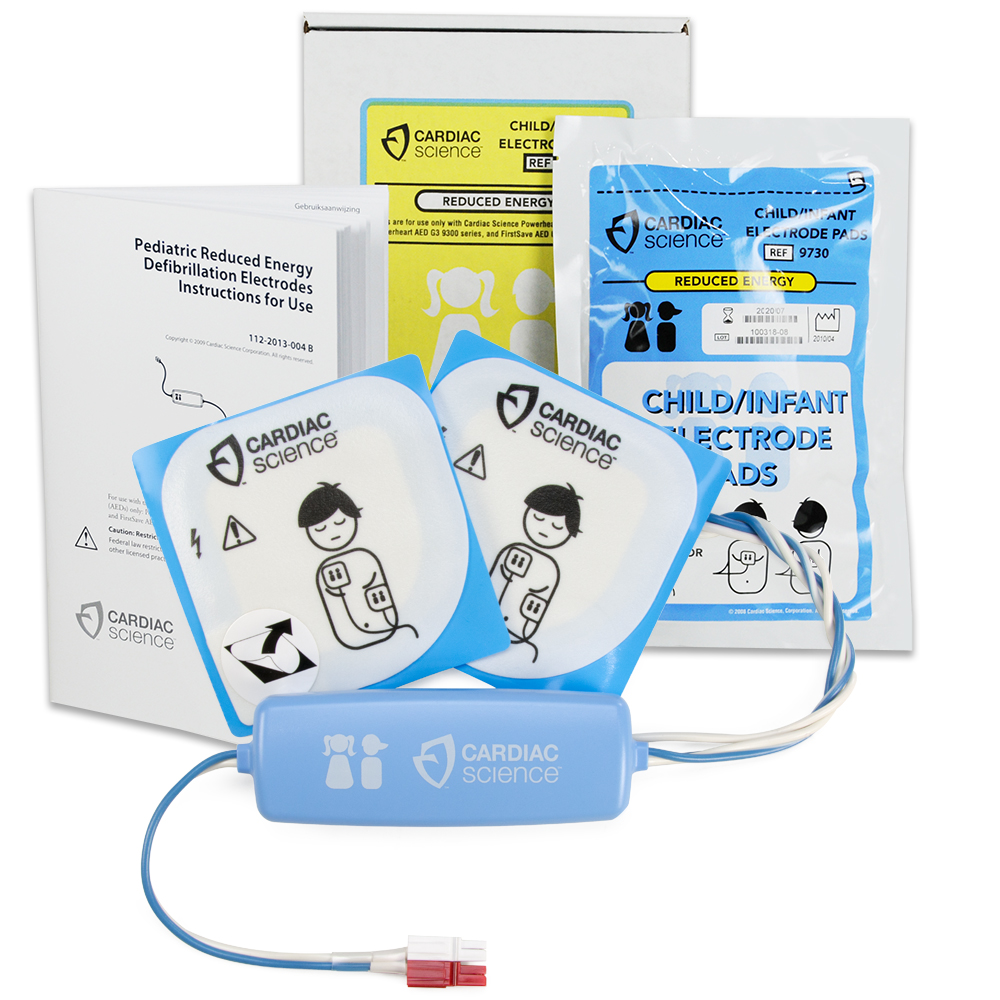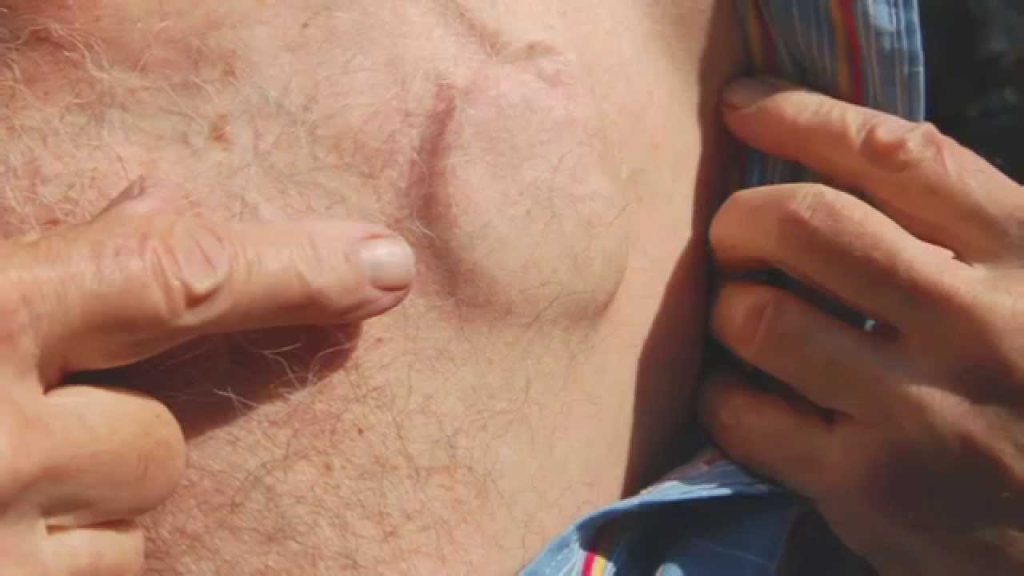AED Specifics
Published (updated: ).
Adult defibrillators are recommended after 2 to 4 minutes of consistent CPR. If blood flow has not been established with consistent chest compressions, the heart chambers will not have any blood. When the defibrillation takes place and converts the patients electrical rhythm to a viable rhythm, no blood flow will result. Without consistent chest compressions, the patient will not be able to return from the dead.
Defibrillators administer electricity though the defibrillator pads. The energy is converted to a measurement of force called joules (probably because joules sounds more medical than amps). Typically defibrillators administer 200 joules for adults (according the AHA, humans under the age of 8).

Pediatric patients require fewer joules for defibrillation (2 – 4 joules/kg). Defibrillator manufacturers produce pads for pediatrics with attenuators. The attenuator reduces the joules being administered to the patient. If the rescuers need to defibrillate a pediatric patient but are not in possession of the pediatric attenuator pads, the AHA recommends using adult defibrillator pads (which can be cut to fit an infant).

When placing the defibrillator pads on the patient’s chest, ensure the pads are not directly on top of a pacemaker or other implanted device. Additionally, remove any medication patches that are on the patient’s chest (as the energy could cause them to catch fire). Patient’s can’t be defibrillated if they are wet or laying in water, care must be taken to dry the patient off and move them out of standing water.
